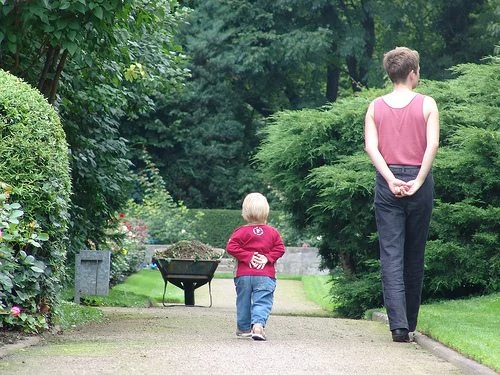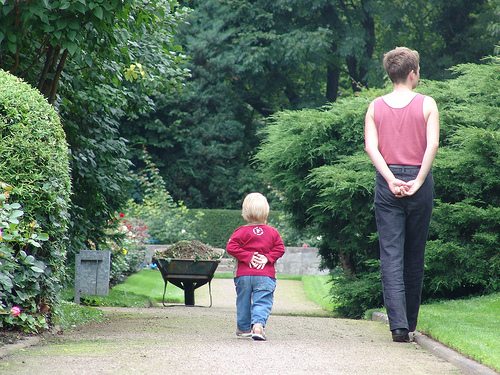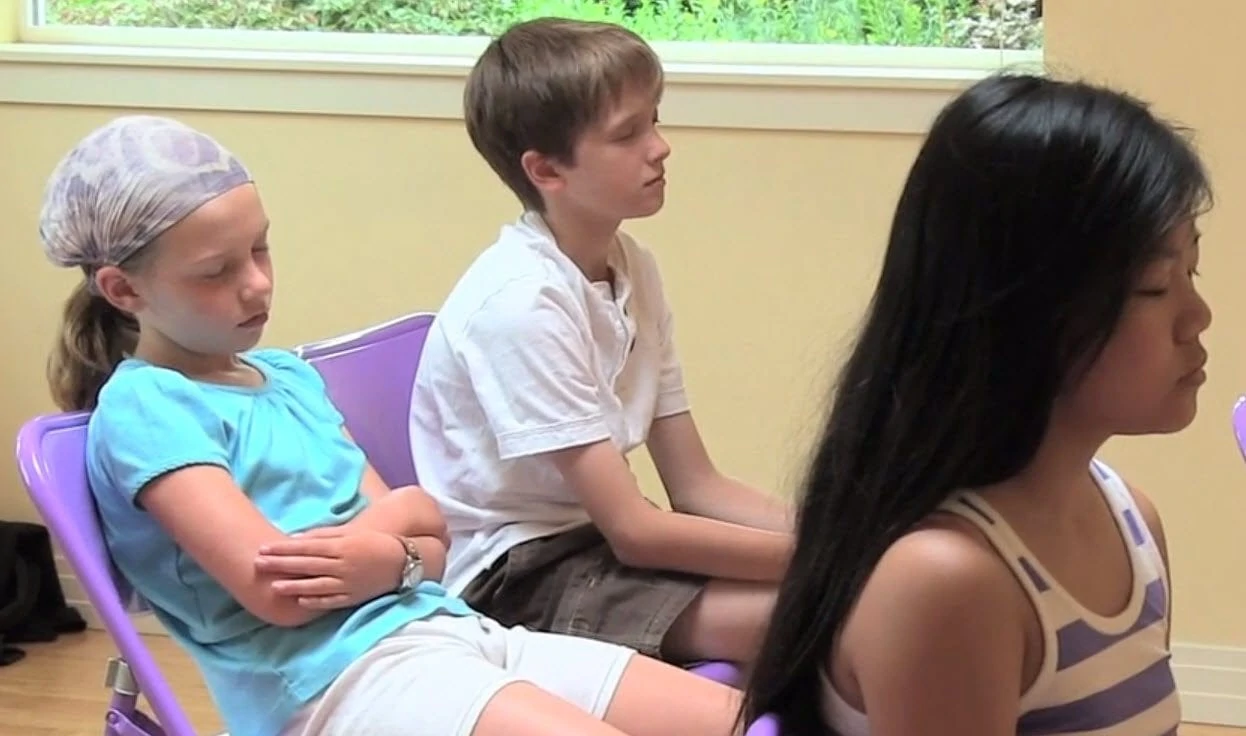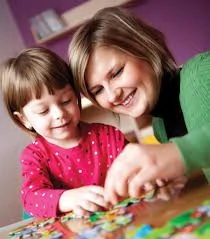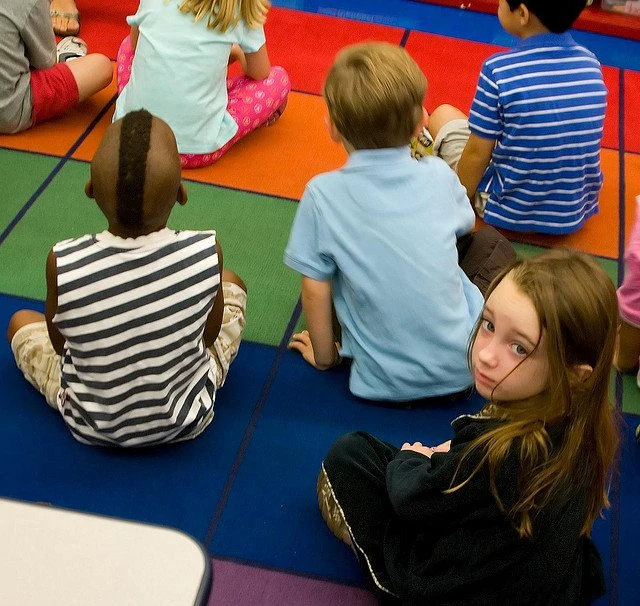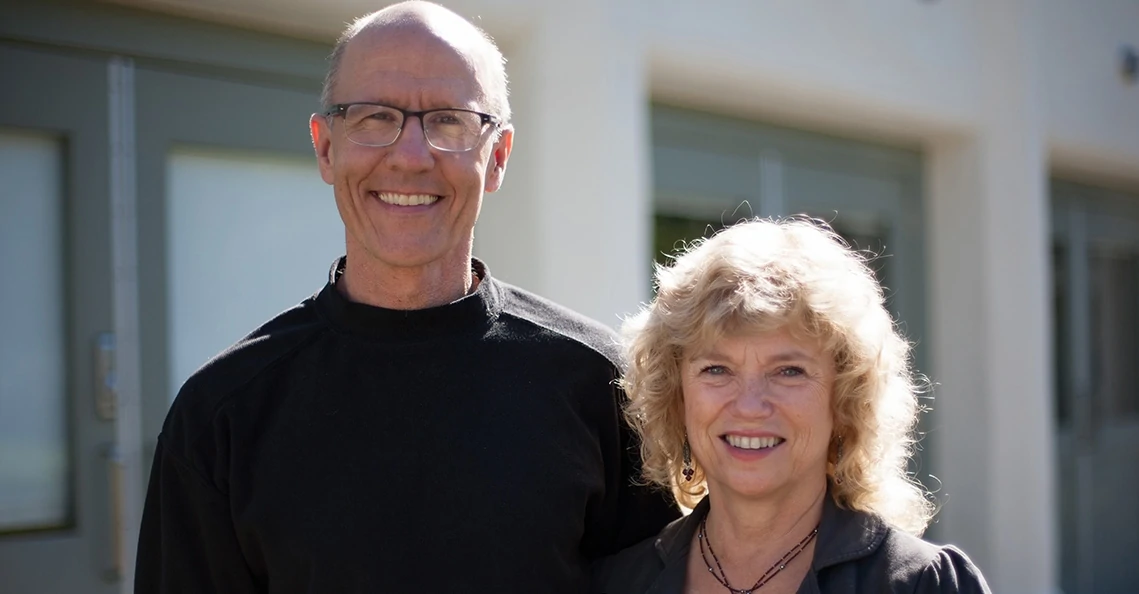Four times a year, Lynea and I conduct our Certification Workshops. They’re among our favorite events. We love seeing how practitioners creatively apply Yoga Calm activities as they share the 5 class plans they create as part of the certification process!
Each of these class plans is based on a Yoga Calm principle and tailored to a specific setting and population – a great way for our instructors to apply what they’ve learned to real world scenarios. They also serve as wonderful models and a source of inspiration for colleagues. They’re a way for professionals to share knowledge, highlight teaching topics and encourage best practices.
In 2012, our updated Wellness course series is designed to provide even more examples of and training in the creation of class plans. It’s a powerful way to learn the methods, explore the principles and apply the specific activities of the Yoga Calm system.
Even more exciting is the development of our online library of class plans – part of our new, enhanced website, which we’ll be launching early next year. Soon, you’ll be able to search Yoga Calm’s entire directory of over 500 class plans, using keywords specific to your needs. Imagine doing a simple, Google-like search to find a class plan for a 5-6th grade special needs class…or teen group…or preschoolers…or OT clients in a clinic; or finding a Community-themed plan for use at a treatment center….
Be sure you connect with us via Facebook, Twitter or email for news about these and other new courses and tools.
Meantime, we’d like to share one class plan with you, which was submitted by school psychologist Wendy Holley-Boen and is noteworthy for its use of mirroring activities, which stimulate the brain’s mirror neurons. These cells are found on either side of the head and are what allow us to experience what others are experiencing by mimicking their physical behavior.
Interesting, huh? But it gets even more amazing. UCLA professor Marco Iacoboni theorizes that mirror neurons tie us to other people’s feelings. His brain scan research has shown that when a subject looks at an image of a smiling face, the neurons that tell our muscles to smile fire up just as they do when we really do smile. And when a subject mirrors the smile, the area of the brain associated with feeling happy fires up even more!
This, says Iacoboni, is a consistent result. Mirror neurons, he believes, can send messages to the limbic – that is, the emotional – system in our brains. It’s possible that these neurons help us tune into each other’s feelings. That’s empathy.
Iacoboni strongly believes this is a unifying mechanism, allowing people to connect at a very simple level. Another researcher, V.S. Ramachandran, suggests that the development of these neurons was a key event in human evolution as a social species, conferring a survival advantage.
Other research has suggested that dysfunction in the mirror neuron network may be involved with autism.
But back to Wendy’s class plan. Tapping into the power of Yoga Calm’s student-leading method, the following Community-themed class plan is a brain-based method for developing empathy and compassion.
Yoga Calm COMMUNITY Class Plan
Class: Kindergarten
Facilitator: Wendy Holley-Boen, School Psychologist
Class Plan
Today we’ll be focusing on working together as a community.
You’ll find detailed instructions for each activity below in our book Yoga Calm for Children.
Belly Breathing, using Breathing Sphere
- Have one student come up to lead 5 breaths while another student counts the breaths. Tell the group to notice the teamwork that goes on between the two students.
- Have everyone breathe while using their hands as a “magic ball,” expanding and contracting in unison with the leader.
- Have the leaders choose a few children to give them a teamwork compliment.
Mirror/Human Activity
- In pairs, have the students practice yoga poses we have learned. One person will model the pose; one will mirror them. Switch.
- Discuss the power of being part of a team: How did it feel to lead? To have someone follow? To follow?
Trust Walk
- In pairs, have one student close their eyes and stick out their index finger.
- Have the other student gently guide their classmate around the room by their finger while watching their facial expressions to make sure they feel safe.
Trust Walk with Sensory Adventure
- Do Trust Walk again, this time handing the eyes-closed partner different objects from around the room (e.g., stuffed animals, flowers, soft fabrics, etc.).
- Discuss: How did it feel to keep your friend safe? To be kept safe?
Mirroring Circle
- Have one person leave the room and one person chosen as leader.
- Have the group practice following the leader, mirroring their movement.
- Have the person outside return to the room and guess who the leader is.
Back Drawing
- Form a circle, sit down and turn to the right.
- Place your hands on the back of the person in front of you.
- Using the back like a piece of paper, use your fingers to draw a story on each other’s back about finding a new friend.
- Now draw a gift the person in front of you might like.
- Lean forward and whisper what gift you would give them!
Learn more about mirror neurons, via PBS’s NOVA.
Mother & child image by Henning Mühlinghaus, via Flickr

